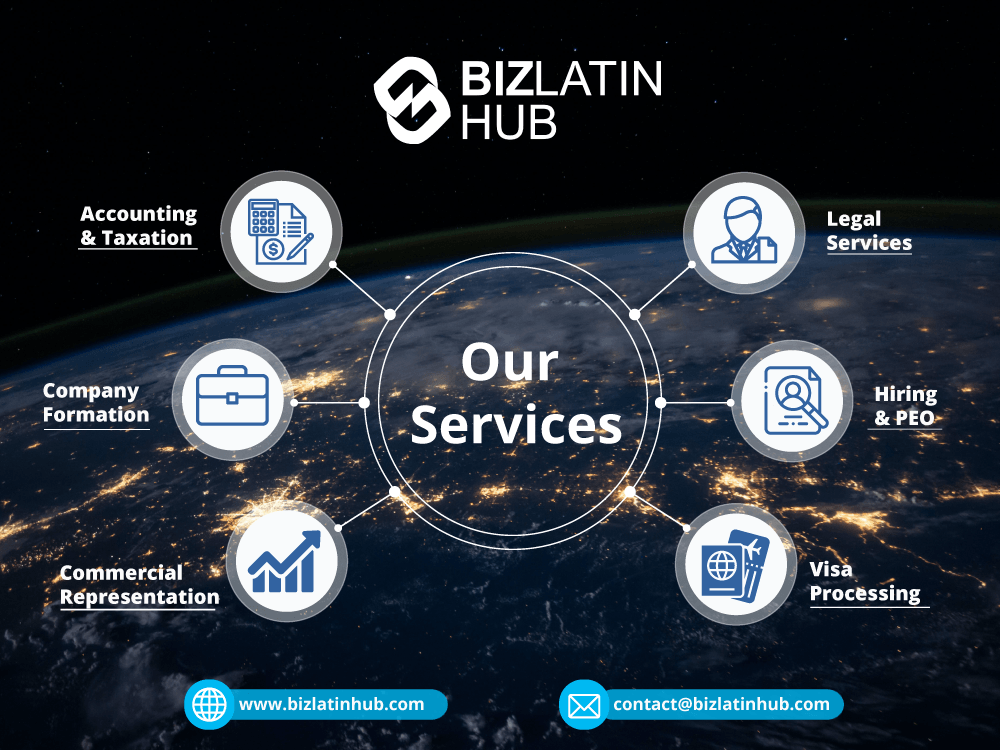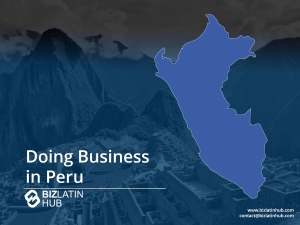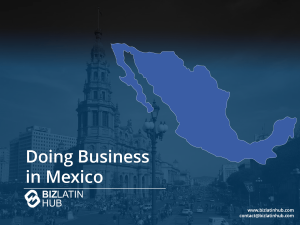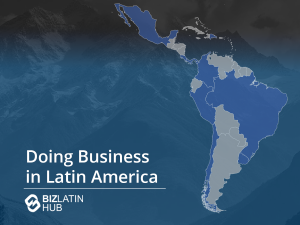Hiring employees in Australia is an important step in the growth of a business. It means your company can expand to create new business functions, offer new products and services and expand to a city or country. However, the cost of hiring an employee is not just limited to their salary. Hiring a staff member includes the costs of the recruitment process and training as well.
If your company is based overseas and you want to hire an Australian worker, you can consider using an International PEO. This outsources human resources activities to another firm that will pay your employees. Alternatively, you may want to set up a company in Australia and familiarise yourself with your obligations as an employer. In this article, we run through the true costs of recruitment to give you a better idea of its impact on your company’s finances.
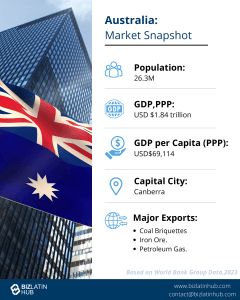
Cost of Hiring Employees in Australia – Recruiting
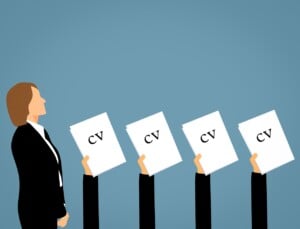
You might not appreciate the value of finding the “right person” for your business until you have interviewed several candidates that are definitely not the right fit. A new staff member must fit a range of requirements your firm requires. The recruitment process is complex. Advertising the role, reviewing resumes, checking references and taking time to participate in interviews costs time and money. Multiple rounds of interviews may be necessary to filter down a pool of candidates. Additionally, companies may ask candidates to undertake academic or physical tests, drug screening and background checks. In the end, a firm may end up modifying their requirements based on the available candidates.
For example, a Mexican firm expanding operations to Australia may require a native English speaker with professional proficiency in Spanish, an MBA and 2 years experience working in Latin America. It may be harder to find a candidate that fits this profile than you expect. At the end of the interview process, the top candidate may lack the MBA requirement but have extensive work experience and perfect language skills. At this point, the recruiter and manager may reconsider their requirements in favour of the additional experience this candidate can bring to the company.
The turnovers costs for hiring a new employee can reach US$3,500 through direct and indirect costs.
Training
Once the right person has been hired into the company, they need to be adequately trained to start their new role. The level of training required for a new employee will differ amongst firms and different industries, however, it can be one of the biggest costs of the hiring process. Training is not only applicable to new employees, but also important for the ongoing development of existing staff.
According to a 2017 study by Training magazine:
- Companies spent an average of US$1,075 annually on training per employee
- Small companies (100-999 people) spent US$1,886 annually on training per employee
- Employees spent an average of 47.6 hours per year on training.
It is significantly cheaper for large companies to train employees due to scale. Small companies should allocate sufficient funds for training. It can take up to six months to reach 100% productivity, as most employees are working at 25% productivity in the first month of their new role. The cost of training an employee includes physical materials such as books or online course material, staff time and hours spent assisting and training the staff member, and salary of the new staff member that is working under 100% productivity while learning.
Salary and Benefits

A very important cost to factor when hiring employees in Australia is the salary and benefits. A salary is a substantial ongoing financial commitment that is likely to increase each year. The types of benefits a firm provides are optional and depend on the industry, company size and country. Benefits may include health insurance, gym memberships, food vouchers and or a subsidised staff cafeteria. There are a number of taxes that employers are responsible for :
- In Australia, Medicare, a universal health care system is funded by the government. Employees who earn over a certain threshold pay 2% tax on their salaries. Some firms may choose to over private health insurance as a benefit.
- Employers must also pay superannuation based on an employee’s salary at a rate of 9.5%. This amount must be paid each quarter. The maximum base for which employers must pay the superannuation contribution is AU$55,270 for the 2019-2020 income year, totalling a maximum contribution of AU$5,250.65 per employee.
- Fringe Benefits Tax (FBT) is a tax paid by employers for any benefits paid to an employee in place of salary or wages. The tax is calculated on the taxable value of the good or service. Given the high rate is 47%, firms may prefer to pay additional salary or bonus in place offering benefits. However, offering such benefits is a great way to maintain a low staff turnover and stay competitive in the labour market when recruiting staff.
According to Joe Hadzima, a columnist for the Boston Business Journal and lecturer at MIT’s Sloan School of Management, the salary plus benefits usually totals “in the 1.25 to 1.4 times base salary range.” An AU$60,000 annual salary could, therefore, cost a firm up to $84,000 per year.
Workplace Integration

Once trained, the new employee needs to be integrated into the workplace. Some firms offer relocation costs to staff members moving to a new city or country. New hires will need a computer and/or laptop, desk and chair. Additional software and special equipment may be required depending on the role and industry. These materials may already be available within the organisation or may need to be bought brand new. Employees will need access codes for software, ID and security cards for buildings and access to human resource system. Additionally, integrating new team members or managers may require extra team training or team bonding events.
When calculating costs for hiring employees in Australia, you need to factor:
- 9.5% superannuation
- 47% tax on Fringe benefits
- Sick leave of 10 days per year and annual leave of four weeks (although these days are worked into an annual salary, they are days of work paid that provide 0% productivity)
- Compulsory workers compensation which covers staff for work-related injuries, the rate varies by state
- Long service leave (applicable after seven years continuous employment)
- Payroll tax, if total wages paid by a firm exceed the established threshold, a tax of 4.75-6.85% must be paid (specific threshold and the tax amount is determined by each state/territory)
- Paid parental leave
According to the Studer Group, “A survey of 610 CEOs by Harvard Business School estimates that typical mid-level managers require 6.2 months to reach their break-even point.” This is the time it takes to recover all costs spent during the recruiting process and reach full productivity. Hiring a new staff member is a big investment on the company’s part. However, the potential return on a hard-working and effective employee makes the investment worthwhile for the growth of the business.
Biz Latin Hub can support you in hiring employees in Australia
Biz Latin Hub provides Professional Employer Organisation services for hiring employees in Australia, before establishing a legal entity, as a way to test the market. Alternatively, if you would like to form a company in Australia, our local Sydney office can help you get started and assist with the recruitment and payroll process. Additionally, we offer legal and accounting services to ensure your business stays compliant.
You can contact our team today for more information and personalized support for your commercial operations.
Or learn more about our team of expert authors.
